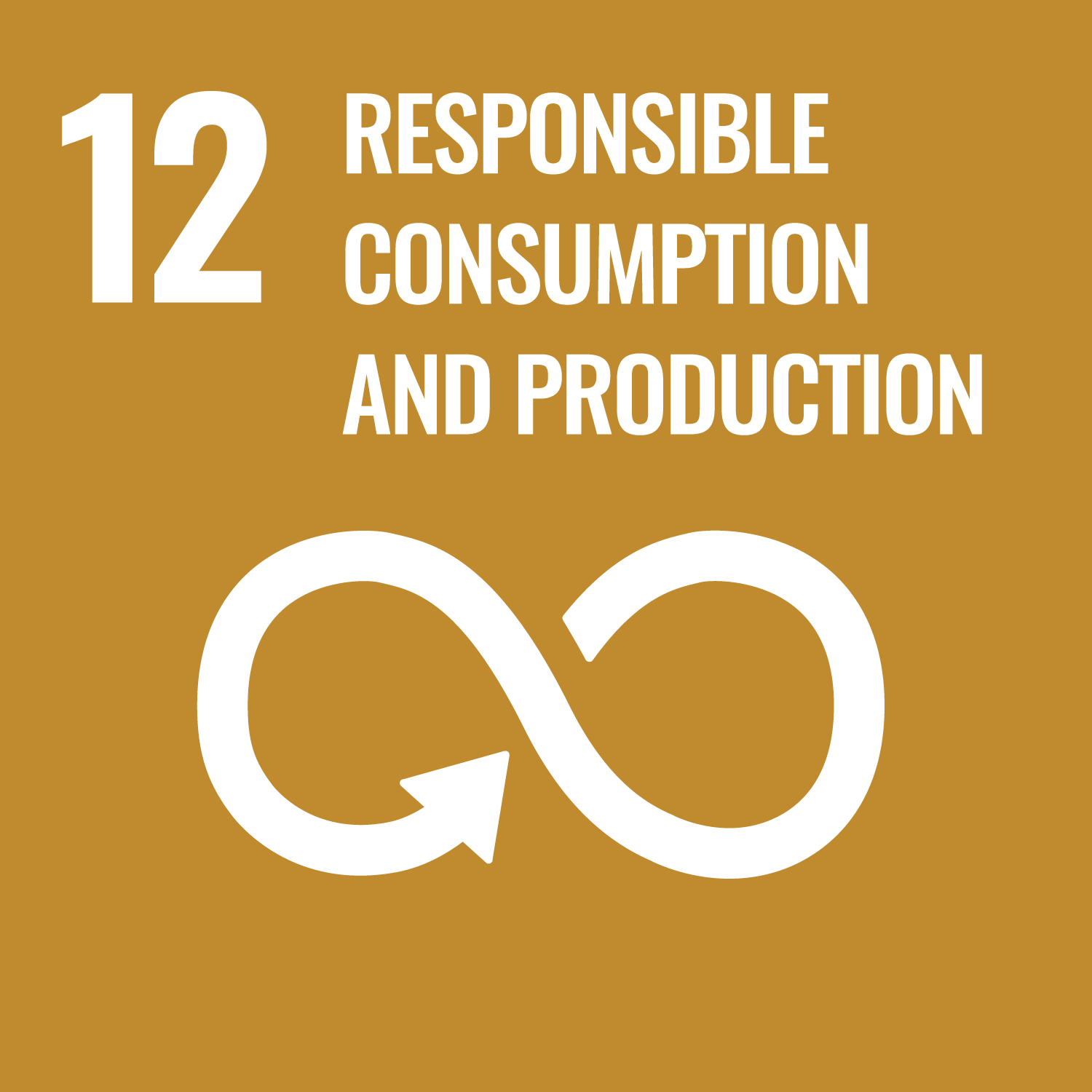

A rapid quality plantlets delivery technology for banana
In-vitro micro-propagation is a plant propagation technique conducted under controlled laboratory conditions, involving the multiplication of plant tissue through distinct stages. Beginning with the initiation of aseptic plant material, typically from meristematic tissue, in a sterile culture medium, the process progresses through stages of rapid multiplication, rooting, and hardening. This method offers several advantages, including disease elimination, fast multiplication of uniform plantlets, genetic preservation, and uniformity in growth characteristics. However, successful implementation requires substantial investment in laboratory infrastructure and skilled personnel, strict adherence to aseptic standards, and careful handling of delicate plantlets throughout the process. Despite these challenges, in-vitro micro-propagation stands as a valuable technique for producing healthy, uniform, and genetically consistent planting material, contributing to improved crop productivity and quality.
This technology is TAAT1 validated.
Adults 18 and over: Positive high
The poor: Positive high
Under 18: Positive low
Women: Positive medium
Climate adaptability: Moderately adaptable
Farmer climate change readiness: Significant improvement
Biodiversity: No impact on biodiversity
Carbon footprint: A bit less carbon released
Environmental health: Greatly improves environmental health
Soil quality: Does not affect soil health and fertility
Water use: A bit less water used
The adoption of In-vitro Tissue Culture propagation technology represents a significant opportunity to enhance banana and plantain production while mitigating losses due to pests and diseases. To integrate this technology into your project, consider the following steps:
Develop strategies for sharing and distributing planting material and ensure financial and environmental sustainability of the units.
Collaborate with agricultural extension services to disseminate information and support the implementation of micro-propagation technology.
Source materials from countries with expertise in In-vitro Tissue culture propagation such as Cameroon, Democratic Republic of the Congo, Burundi, Ethiopia, Kenya, Rwanda, Somalia, Tanzania, Uganda, Ghana, Côte d’Ivoire, Nigeria and Zambia.
Engage a team of trainers to provide comprehensive support during project installation and operation.
Allocate resources for training and ongoing assistance to ensure successful adoption of the technology.
Explore partnerships with agricultural research institutes and government agencies to promote widespread adoption and improvement of banana and plantain production nationwide. Additionally, consider associating with Improved Varieties of Plantain for Tropical Lowlands Improved Varieties of Banana for the African Highlands Propagation of Disease-Cleaned Suckers.
A nursery business can produce 3,000 TC plantlets per cycle
No formal IP rights
Scaling Readiness describes how complete a technology’s development is and its ability to be scaled. It produces a score that measures a technology’s readiness along two axes: the level of maturity of the idea itself, and the level to which the technology has been used so far.
Each axis goes from 0 to 9 where 9 is the “ready-to-scale” status. For each technology profile in the e-catalogs we have documented the scaling readiness status from evidence given by the technology providers. The e-catalogs only showcase technologies for which the scaling readiness score is at least 8 for maturity of the idea and 7 for the level of use.
The graph below represents visually the scaling readiness status for this technology, you can see the label of each level by hovering your mouse cursor on the number.
Read more about scaling readiness ›
Uncontrolled environment: tested
Used by some intended users, in the real world
| Maturity of the idea | Level of use | |||||||||
| 9 | ||||||||||
| 8 | ||||||||||
| 7 | ||||||||||
| 6 | ||||||||||
| 5 | ||||||||||
| 4 | ||||||||||
| 3 | ||||||||||
| 2 | ||||||||||
| 1 | ||||||||||
| 1 | 2 | 3 | 4 | 5 | 6 | 7 | 8 | 9 | ||
| Country | Testing ongoing | Tested | Adopted |
|---|---|---|---|
| Burundi | –No ongoing testing | –Not tested | Adopted |
| Cameroon | –No ongoing testing | –Not tested | Adopted |
| Côte d’Ivoire | –No ongoing testing | –Not tested | Adopted |
| Democratic Republic of the Congo | –No ongoing testing | –Not tested | Adopted |
| Ethiopia | –No ongoing testing | –Not tested | Adopted |
| Ghana | –No ongoing testing | –Not tested | Adopted |
| Kenya | –No ongoing testing | –Not tested | Adopted |
| Nigeria | –No ongoing testing | –Not tested | Adopted |
| Rwanda | –No ongoing testing | –Not tested | Adopted |
| Somalia | –No ongoing testing | –Not tested | Adopted |
| Tanzania | –No ongoing testing | –Not tested | Adopted |
| Uganda | –No ongoing testing | –Not tested | Adopted |
| Zambia | –No ongoing testing | –Not tested | Adopted |
This technology can be used in the colored agro-ecological zones. Any zones shown in white are not suitable for this technology.





| AEZ | Subtropic - warm | Subtropic - cool | Tropic - warm | Tropic - cool |
|---|---|---|---|---|
| Arid | – | – | – | – |
| Semiarid | – | – | – | – |
| Subhumid | – | – | ||
| Humid | – | – |
Source: HarvestChoice/IFPRI 2009
The United Nations Sustainable Development Goals that are applicable to this technology.


The application of this technology involves several steps.
Collection of Disease-Free Suckers:
Meristematic Tissue Removal:
Corm Sterilization:
Corm Trimming:
Corm Cutting into Propagules:
Placement in Tubes with Sterile Growth Medium:
Growth Progress Monitoring:
Transfer to Jars for Shoot Growth:
Growth Chamber Placement:
3-4 Weeks of Growth:
Last updated on 7 November 2025